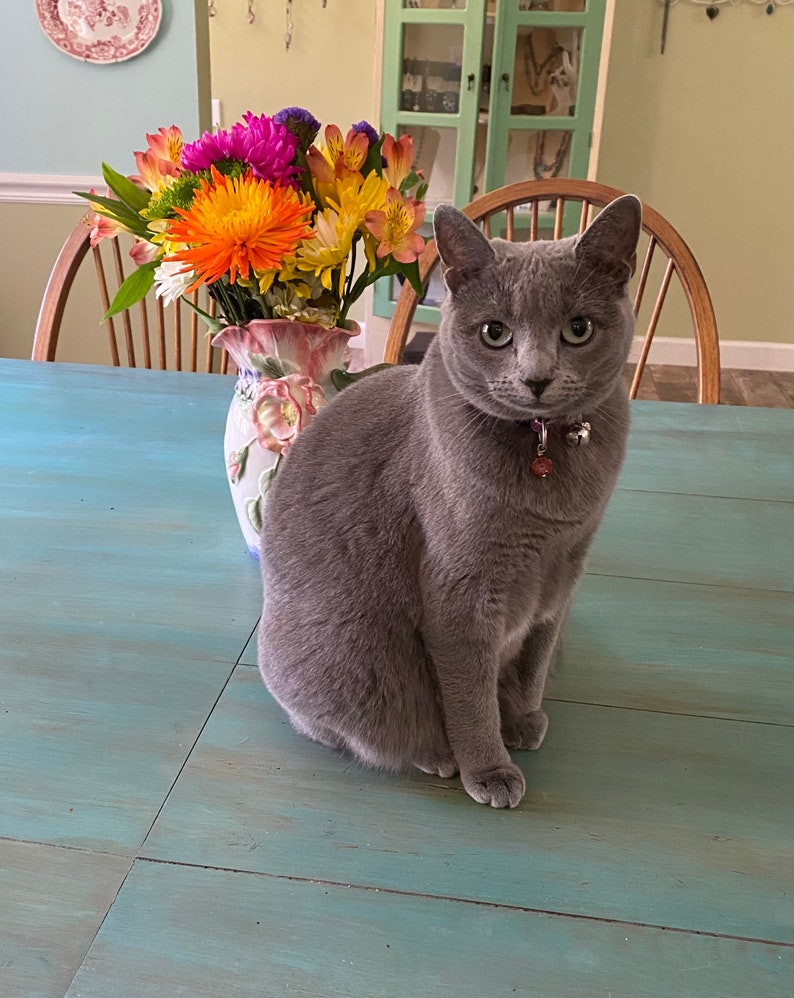


Once again, the social context of the decade decided the future of this particular connection. This marriage between pop art and fashion industry started to develop in the sixties not to be disturbed ever since.
#Fast fashion art free#
However, because of its nature rooted in celebration of consumerist goods, vibrant and catchy patterns and the ability to speak the universal language, free of fine art elitism, pop art was destined to become the most referred art movement in the fashion industry. The commercial partnership between art and fashion design is nothing new to us, as every single year we see art-inspired collections on the catwalks worldwide. Marriage between Pop Art and Fashion Design Check out more Andy Warhol works on our marketplace! During the sixties pop art-inspired paper dresses became the mainstream garment kicking off a craze in the fashion world and even now when they have completely disappeared from the market they continue to inspire contemporary fashion designers. Although they were exclusive at the time they appeared Campbell’s shortly developed a whole line of these products making Souper Dresses available to anyone for a couple of dollars. Probably the most recognizable paper dress from the sixties was Souper Dress, the one featuring Warhol’s Campbell’s Soup Cans print. These garments captured the very essence of the consumerist lifestyle as they tackled the idea of disposability of consumer goods. In the sixties, Warhol started to print his art designs on the paper dresses which were at the time becoming a novelty. Just like pop art was turning towards mass culture in the fifties and sixties, high fashion as the thing of elites was challenged once the fashion industry with mass produced items entered the scene. He was also one of the first artists to turn his art into fashion items. He started his career as a fashion illustrator, working for the magazines like Glamour, Mademoiselle, and even Vogue. Philip Colbert - Venus In Sequins dress collection inspired by various iconic works of artĪndy Warhol is probably the first major pop art icon to become the influential figure in the fashion world.

Pop artist introduced a bright palette of colors and print definition form, which were used as the inspiration by many designers at that time and onwards. It wasn’t long before pop art and fashion merged. All these qualities pop art shared with consumerist culture and fashion industry as one of its main features. Richard Hamilton, one of the pop art pioneers used to describe pop art as "popular, transient, expandable, low cost, mass-produced, young, witty, sexy, gimmicky, glamorous, big business". Pop art employed familiar mass culture imagery from advertisements to other banal objects, wrapping it into sensational and bold color combinations.

Rebelling against elitist values and self-reflexive expressionist movement, pop art embraced mundane living experiences, introducing aspects of mass culture and bringing art closer to the new generation of Americans who were starting to experience all benefits of the consumer paradise in the welfare state of post-war America. Ever since pop art emerged in the fifties, it has been going hand in hand with the fashion industry.


 0 kommentar(er)
0 kommentar(er)
